Three wines from New Zealand make the cut this year and none of them are Sauvignon Blanc. And, weirdly, for Francophile Dean, there are only two French wines on his Best Wines of 2019.
Before we start, a word about selection criteria
There are a number of criteria that wine critics use when defining their wines of the year.
There is the ‘wine experience of the year’ that very often doesn’t involve the best wine per se but includes other factors (such as surroundings, company etc) that elevates the wine into more than a sum of its parts, but then can easily disappoint when tasted subsequently – think rosé on holiday.
There is the ‘food matching wines of the year’ that, again, can fall into the same trap as above when the wine is separated from the cuisine – which doesn’t stop many social media posts invariably featuring lobsters or mounds of caviar.
Then there is the ‘old vintages of the year’ where a critic will list DRC from the 60s alongside First Growths from the war years (Crimean ‘natch) and so on. All jolly interesting if you have the requisite field of reference to participate with what, in lesser hands, can be little more than boasting. Think of an Instagram Humblebrag – a picture of a line of ancient wine labels with the caption ‘Another day at the office’ (nobody still uses #blessed do they?) – and you’ll get the picture.
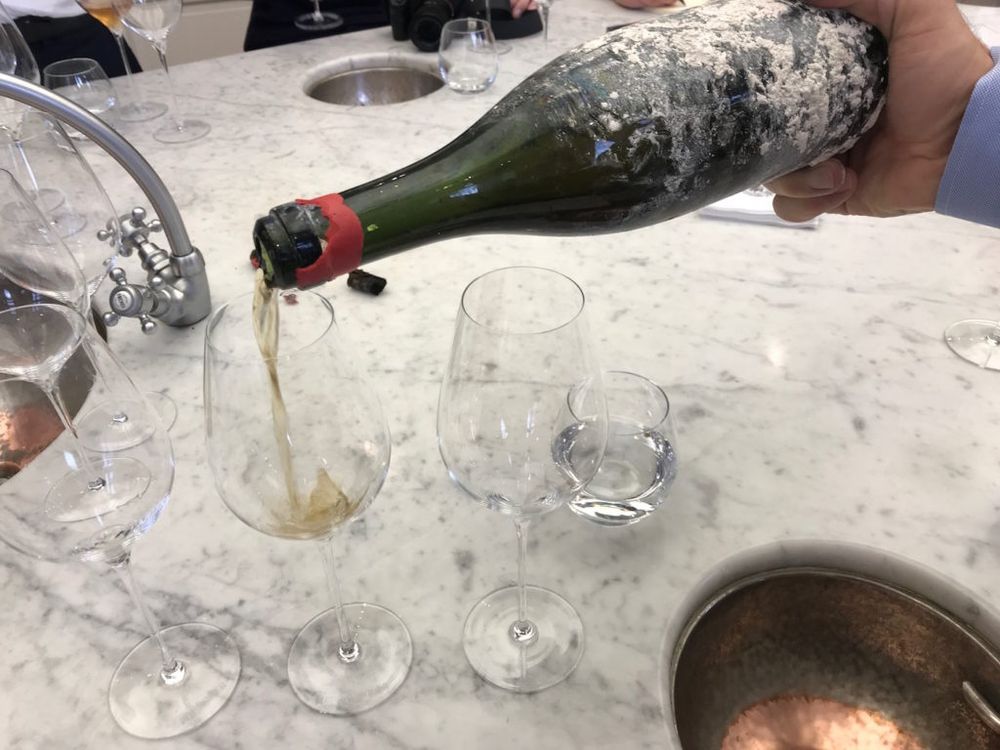
Wine experience of the year for me was the first opening of a bottle of Pol Roger 1895. But was it the best tasting wine?
The problem I have with these lists, apart from them being a game of oneupmanship, is that they have little to do with the year in actual winemaking but are more a random selection of bottles that the critics just happened to be in contact with during that particular year. Then there are the various filters than can be applied – a critic will only list natural wines, for example, or wines from a particular country.
The Best Wines of the Year lists I often find the most frustrating, however, are the ‘most obscure wines of the year’ which are wine lists where, even if you want to get a bottle you find out that the winemaker only made 6 bottles or you have to travel in disguise to some obscure cellar in the Jura (the Isle of Jura that is!) to stand a chance of tasting it.
As 2019 drew to a close I’ve been enjoying Pitchfork’s best 200 albums of the past decade and sampling them on Spotify – so much great music to catch up on*. The ‘obscure wines of the year’ list equivalent is that all 200 albums went out of print years ago and there’s no way of ever hearing them.
So, in listing my wines of the year, I have of course considered all of the above. My ‘wine experience’ and ‘old vintage’ wine of the year was one and the same – being one of the first people to sample a 1895 bottle of Pol Roger rescued from a cellar collapse 120 years ago. The wines were still so alive with surprising acidity. You can read about this great experience here, but I cannot pretend that this wine was one of the best tasting wines I sampled in 2019. It’s certainly not very available! In a restaurant scenario I’d have probably sent the wine back, but in the moment it was impossible to disentangle the frisson of excitement from the wine itself.
I also had some amazing food and wine experiences too but my favourite? It was probably a meal on my own at home in France, garlicky snails, baguette and an outrageously interesting 2013 bottle of Californian Ribolla Galla from Ryme (Les Caves de Pyrenne). Obscure perhaps, personal certainly…. but at least you can still buy the wine if you fancy trying it.

And there you have it – availability. Of the many hundreds of wines that I have enjoyed in 2019, and some 50 or so that have been mind-bendingly good, I have jettisoned the Echezeaux 2003, Raveneau 2005, Clos Rougeard 2009 and village 1911 Volnay and concentrated on wines that really are extraordinary and need to be tasted… but you as wine buyers can actually get hold of and discover for yourselves.
And so to my Best Wines of 2019
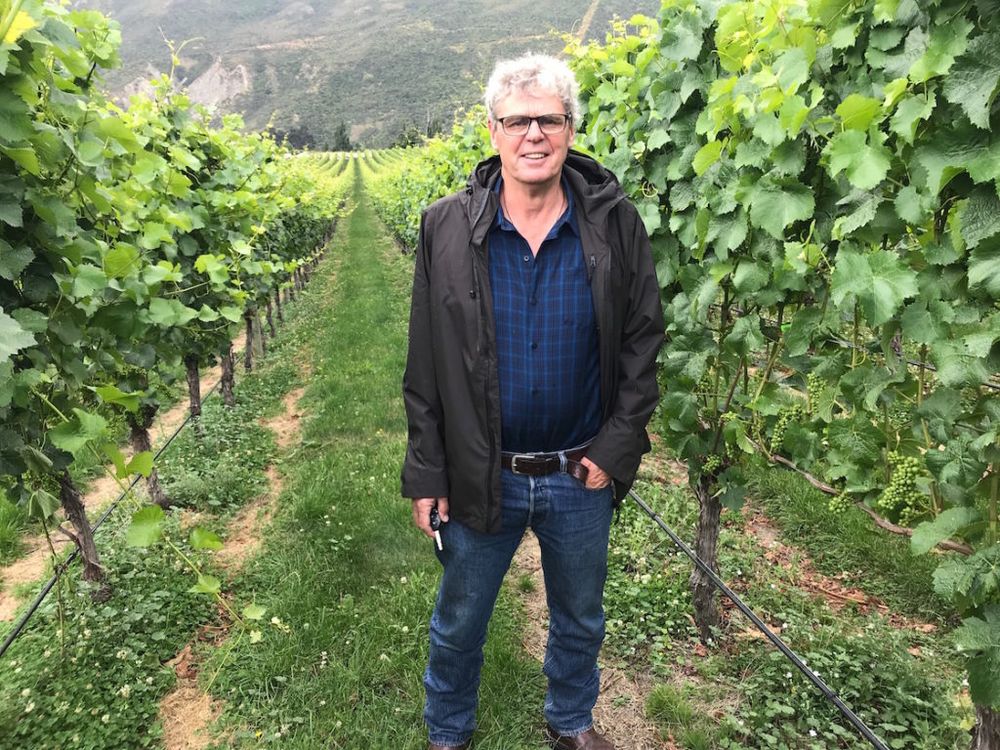
Grant Taylor, January, 2019: making world class Pinot in the most inhospitable climate
A visit to New Zealand last January led to a number of discoveries. First was just how much of a swerve Central Otago is taking with its Pinot Noir – away from the more concentrated, fruit-forward style to leaner, crisper, more elegant wines. If Central Otago is already winemaking on a knife-edge then Grant Taylor’s Waitaki Vineyard Pinot Noir 2017, Valli, (New Generation Wines) is showing what can be achieved with early-ripening clones in the limestone soils of North Otago – NZ’s newest wine region and one where winemaking is seriously not for the feint-hearted; hard to think of a harsher climate to grow grapes. This is classy Musigny-style Pinot without the price tag. The Chardonnay Grant is making here is also extraordinary but it’s in short supply – a wine shop owner there laughed at me when I enquired about availability.
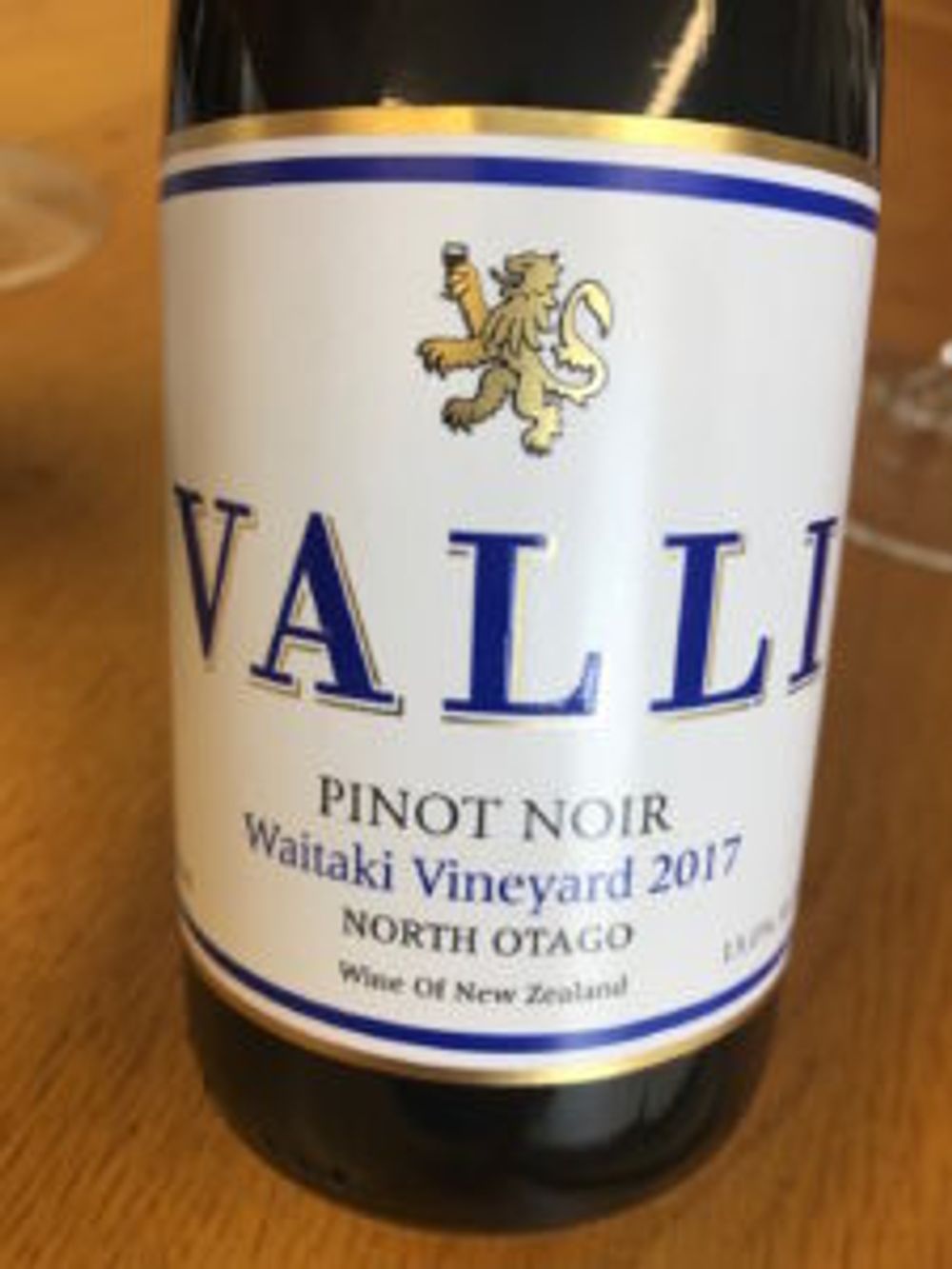
The NZ trip was to discover where the country is taking Sauvignon Blanc and there were naturally a number of terrific expressions. But I came away amazed at how good New Zealand Chardonnay is across the board. I’ve long been a fan of Kumeu River but there were so many other excellent examples in different styles which, again, are incredibly good value for money. At a vast NZ Chardonnay tasting Novum Chardonnay 2017, Marlborough (Indigo) stood out a country mile, and I wasn’t the only critic who thought so. The brainchild of Will and Rachel Hoare (ex-Fromm) the wines are small-batch and made on a negoce basis from small, specific plots within vineyards. This wine is from flinty soils and there is a zingy, mineral quality and liveliness to the wine.
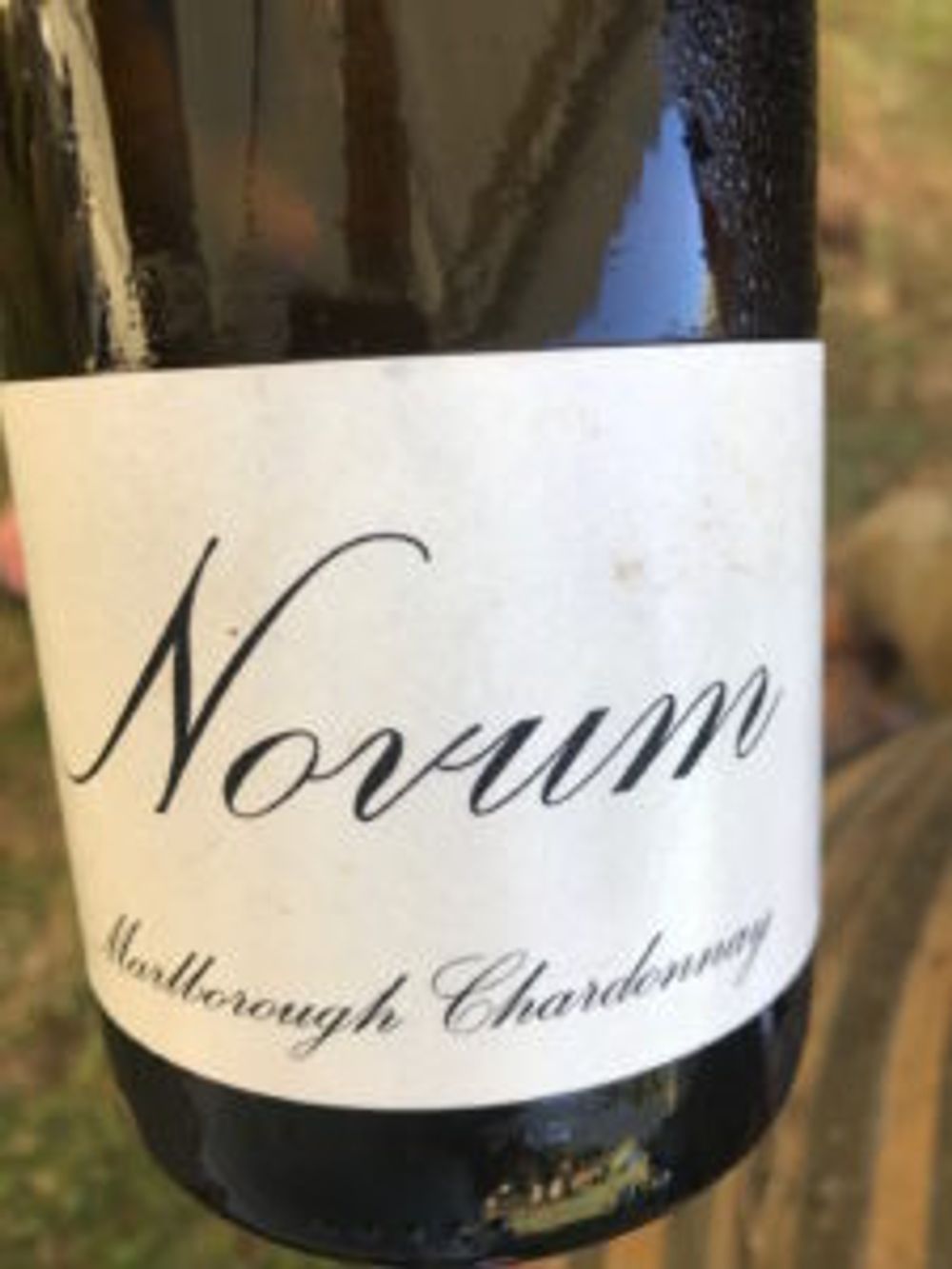

The Milltons, Gisborne, January 2019
Visiting James Millton in Gisborne was always going to be an event and so it proved from tasting his top Chenin and Chardonnay to his parting drink – shots of homemade nocello (nut spirit) accompanied by spoons of honey direct from the hive. The real surprise, though, was the Libiamo range of skin-contact wines (200 days on skins) his son is making – a Muscat, a stunning Marsanne-led white field blend, amphora-fermented Chenin and Syrah and my favourite Libiamo Gewürztraminer 2017, Gisborne (Bibendum) which is unlike any Gewurtz I have tried before – tropical fruit, honeyed but with terrific texture. I know it can be a pain to sell but I believe Gisborne’s signature grape is Gewürztraminer – all those tasted on the trip were of the very highest quality, quite distinctive and worth discovering.
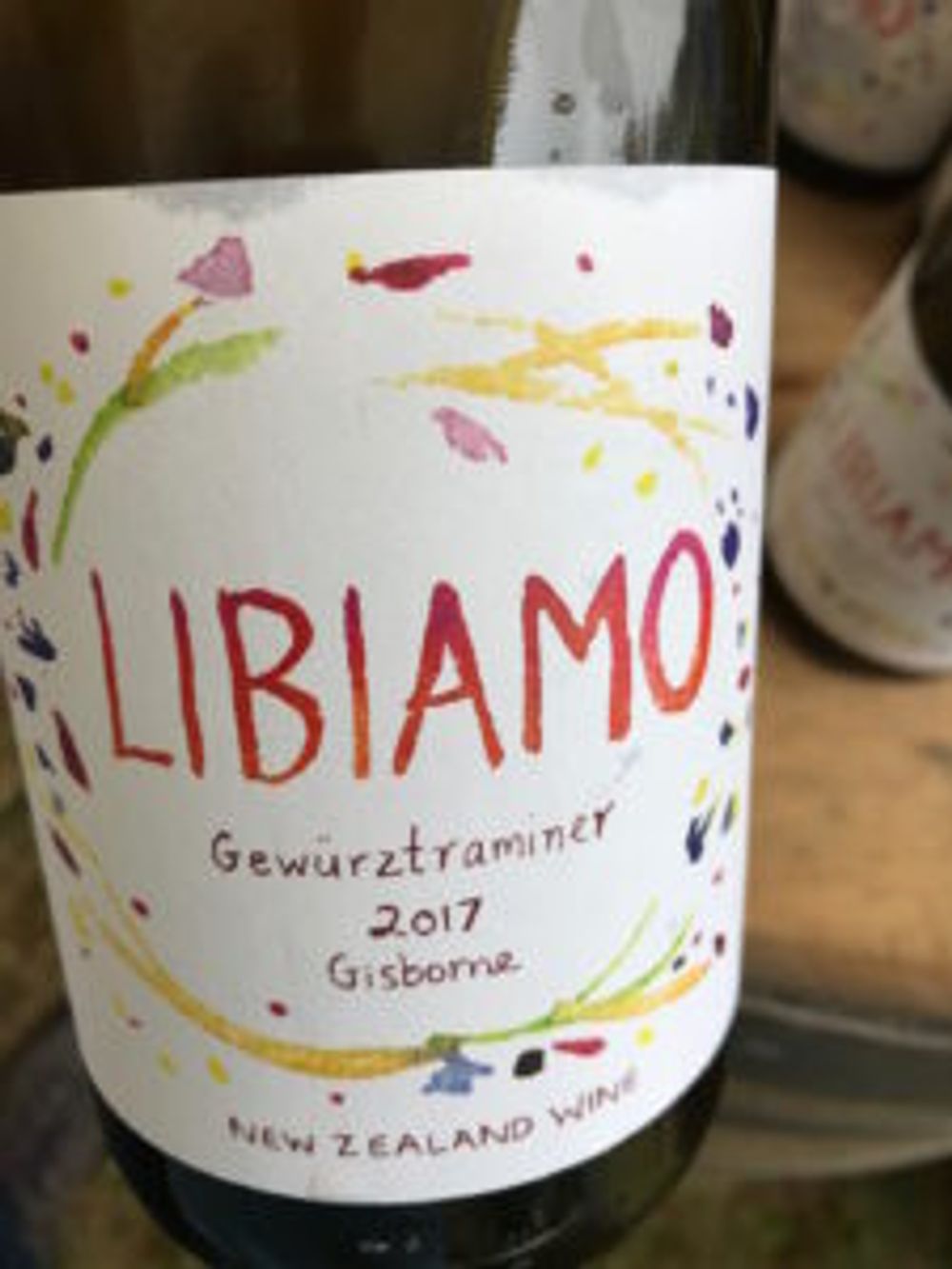
I find new discoveries have a habit of showing up all over the place during the year once you have ‘found’ them – events, blind tastings, dinner parties – almost as though they are following you around. This was the case with Jolie-Laide, Gamay 2017 (Roberson), Scott Schultz’s delightful and unpretentious crunchy Gamay that is not over-thought or over-wrought. One of the many exciting wines coming out of the West Coast now – Californian wines for under £50. Welcome to the Motel California.

More West Coast loveliness can be found in a stunning 30-days-skin-contact Pinot Gris from Robert Sinskey called Orgia, 2014 (Pol Roger Portfolio) that is fermented in steel although it tastes for all the world like amphora – an earthy texture mid-palate, firm red-like tannic grip, and mouth-watering acidity. Copper in hue, rich apple and orange blossom aromas, dry, lengthy finish… I tasted this several times with and without food, in different groups of friends – all loved it.
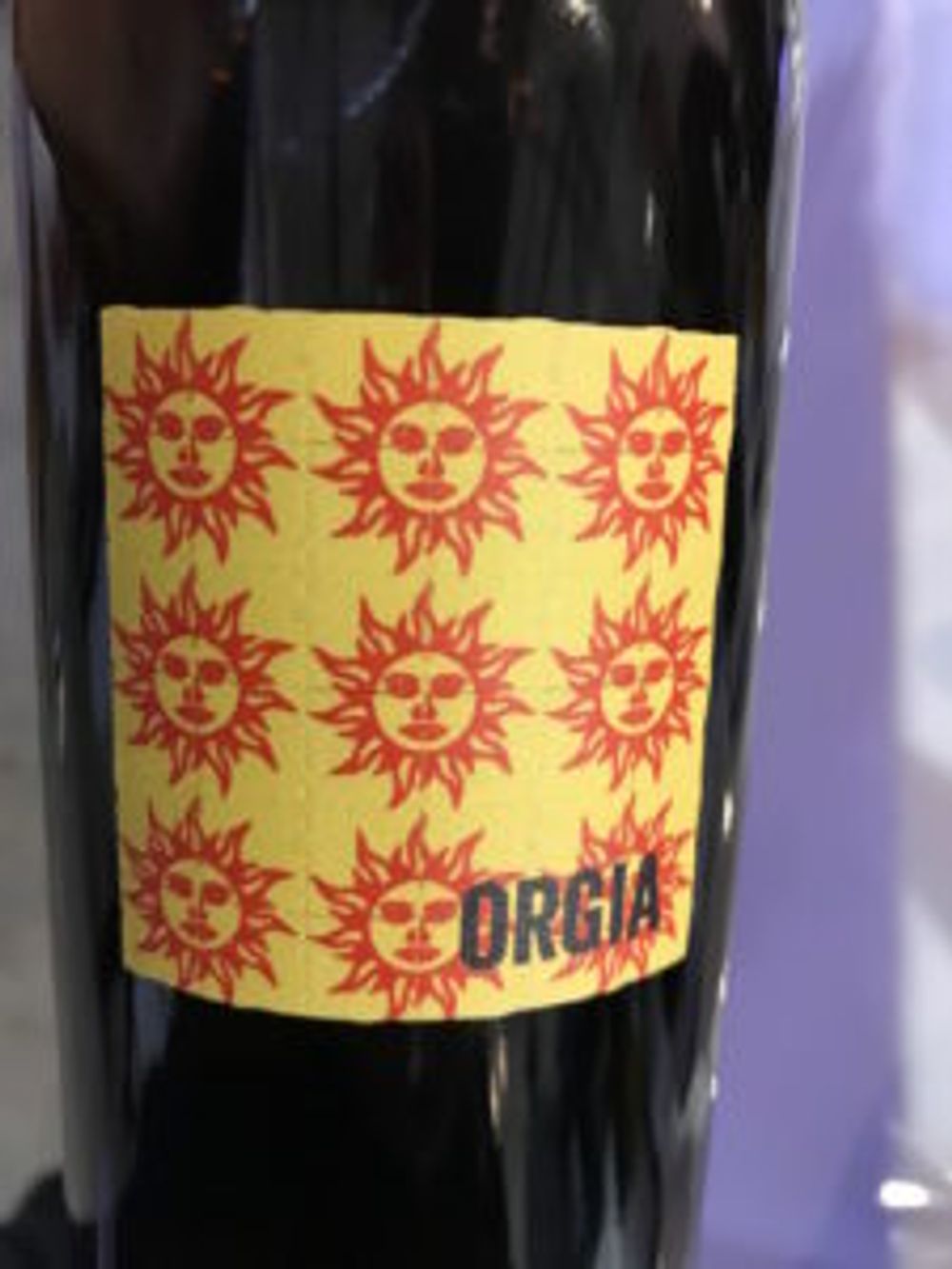
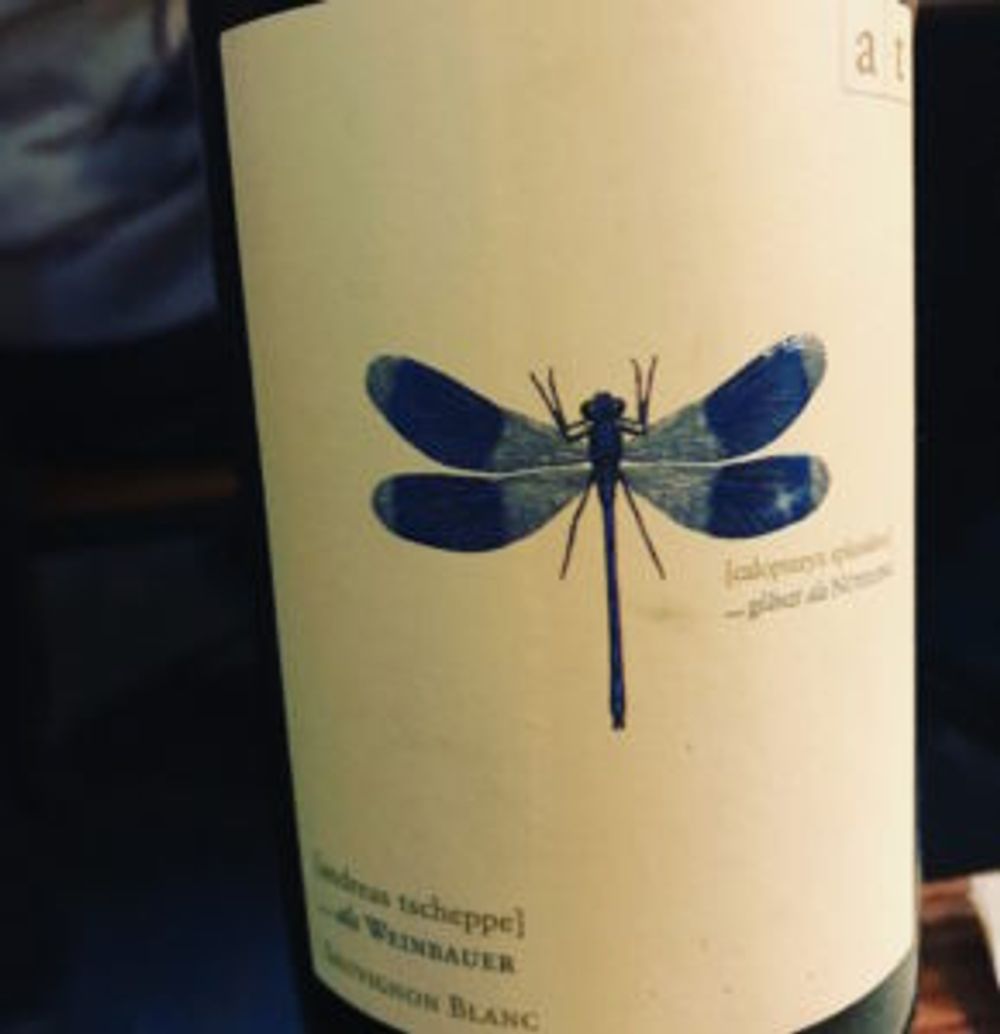
When a sommelier says that a wine on the list is “the best wine I’ve tasted all year” you’re going to choose it, right? So pleased I listened to one who recommended Blue Dragonfly Sauvignon, Andreas Tscheppe 2017 (Mayfly) which is a very special, complex, vivacious and elusive biodynamic wine from Styria. It’s had 18-24 months barrel ageing but you wouldn’t know it – the nose is floral, with lavender, mint, Kimchi; the palate is rounded and medium weight but with a mineral zip, and a texture that makes the wine come alive in your mouth.
With 2010 such a landmark vintage in Ribera del Duero the release of Unico, Vega-Sicilia, 2010 (Fields, Morris & Verdin, BBR) was always going to be a special event and so it proved to be. It’s hard not to dust off a long list of superlatives when tasting this phenomenal wine – certainly the best Unico I have tasted – or remain speechless, as I and three other critics were when we tasted it at the estate. Like all great wines of this stature this has such purity and completeness from the first enticing, savoury (Indian spice shop) aromas, to when the wine registers perfectly on the palate and finally to the point a long time afterwards that keeps your mind humming – like the A Day In The Life-style reverb on the string section after an orchestra has just reached a breath-taking crescendo.
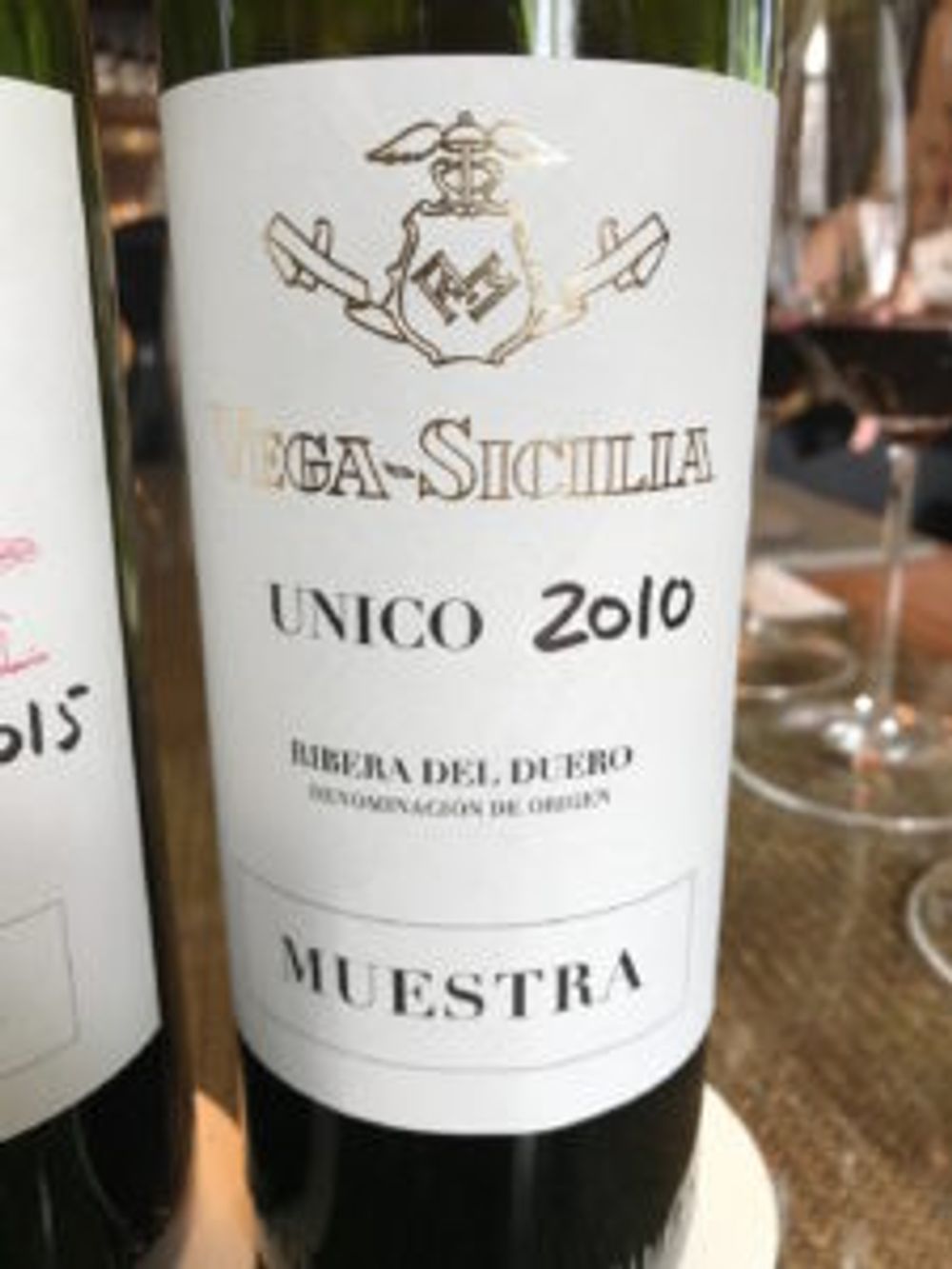
An amazing vintage in Rioja too although slightly more tannic. The Gran Reserva 904, 2010, La Rioja Alta (Armit) is an outstanding example of this benchmark Gran Reserva already being compared to 2001. The nose is an enticing mix of black fruits (plums, mulberries), red cherry, coconut flesh. The palate is structured for the long haul but is drinking beautifully now: lifted acidity, highly textured, focused black fruit flavours, mild coconut, tight fine tannins, lengthy citrus finish. Sure to sell out so buy in haste!

2010 was also a stunner with Brunello di Montalcinos of course and Carlo Ferrini’s Giodo, Brunello Di Montalcino 2010 (Lea&Sandeman) was stunning, and a classic case of how the right site will always pay back in spades. On the Pinot end of the Sangiovese spectrum this had pure elegance, and a superb balance – a confluence of high acidity, ultra-fine tannins, focused fruit and a long, dried orange peel finish. The 2010 had notes of kirsch, balsamic and fresh tobacco leaf to add to freshly crushed berries. Stunning. OK so this was not a new release but shows where the 2017 will go.
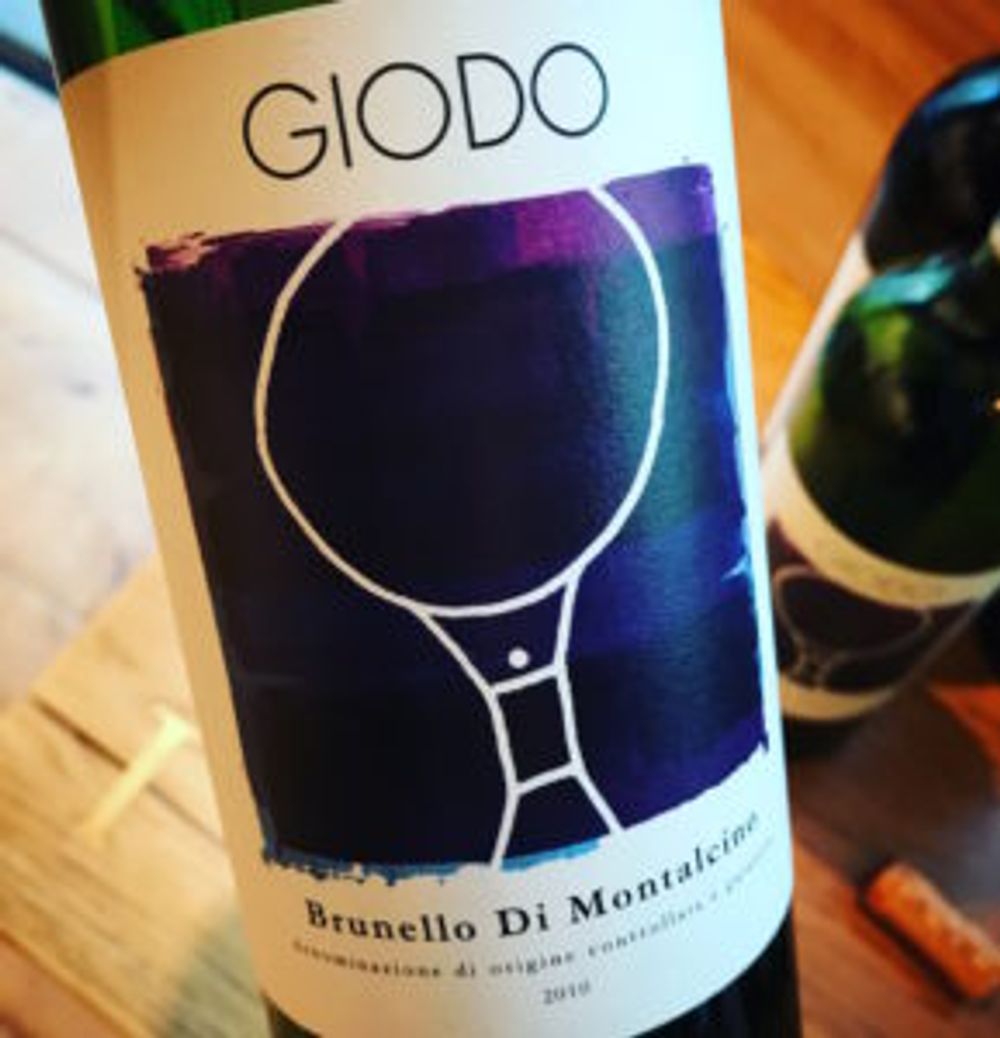
I’m really enjoying where a lot of Spain is heading right now – looking for more elegance and crunch. Mas de la Rosa, Torres 2016 (Fells) is a new super-premium Priorat from high altitude 80-year-old-vine Cariñena (70%) and Garnacha (30%) which will set you back the price of a bottle of Unico. Wonderfully fresh and lively, light, black raspberry, cranberry coulis, with fine, mineral texture and silky tannins. Light on its feet but awesomely powerful. Similar in feel to Guix Vermell’s Montsant wines (Armit) and, to a lesser extent, the impressive debut (and much cheaper!) wines on the Ulterior label (Enotria&Coe).

I have to confess that I approached Clos Du Temple, Gérard Bertrand, 2019 (Hallgarten) with some trepidation. A rosé with a £200 price tag from the Languedoc, with a fancy-looking bottle. Mmmmm. “So what do you think?” I was asked, tasting it at the domaine. I replied that I couldn’t see how it could cost so much and that it smacked of a marketing exercise, and I would like to taste it in a blind tasting, but, as these objections were spilling out of my mouth the wine was doing the talking – it continued to slip down and I realised I was totally wrong and I really was being seduced by something extraordinary – a Grand Cru quality wine by any other name in rosé form made from Grenache Noir, Old Vine Cinsault, Syrah and a touch of Mourvèdre balanced with Viognier to give it fabulous aromatic complexity. Then the starter arrived with a shellfish gelée, which was one of the best wine/food pairings I’ve ever had. This is rosé Jim, but not as we know it.

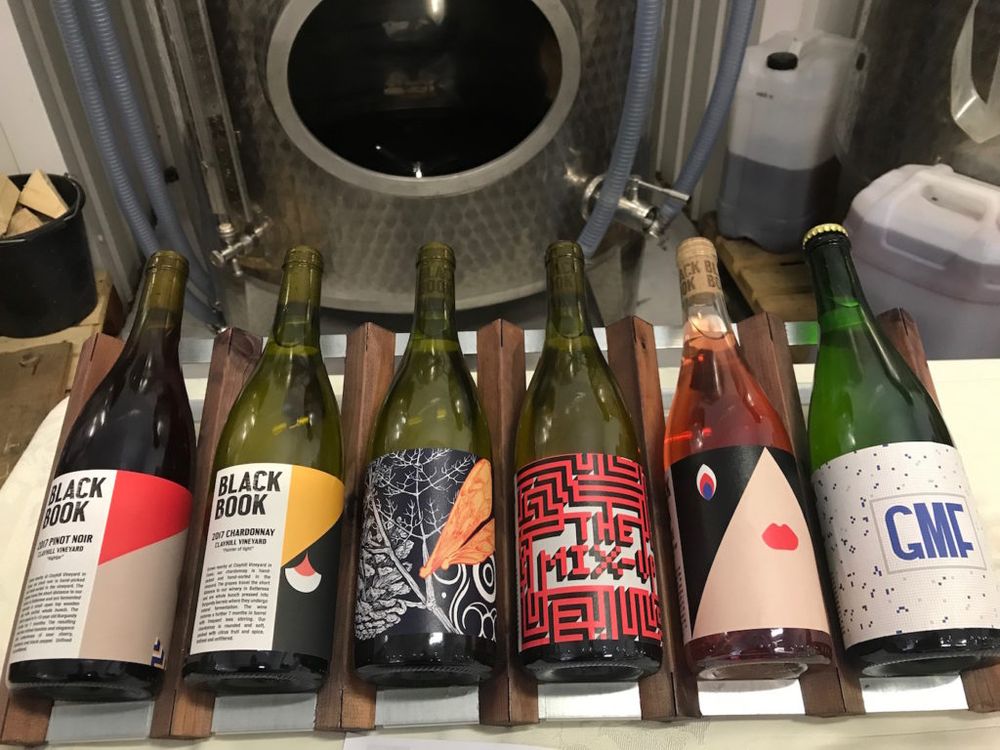
The Blackbook range for 2019: Tamesis is third from left
Sergio Verrillo is also making some pretty extraordinary rosé in Battersea, South London of all places. But it was his Bacchus of all things that was the head-turner. Cast those prejudices aside, this is Bacchus like you have never tasted it before – Body Shop aromatics nowhere to be found. Tamesis, Blackbook 2018 (Blackbook) is (fact finders take note) the first wine made in London with fruit grown in London. Whole bunch pressed to oak (60%) and steel, indigenous yeast, full malo, aged on lees for 6 months. The nose is complex nose – stone fruit, elderflower, grapefruit – the palate is highly textured, mineral and saline with a grapefruit pith finish. Focused, clever winemaking, delicious.
I’ve always loved the Loire for quality and variety – another visit to Vouvray in November confirming yet again that you don’t need to be shipping Chenin halfway round the world to get at the very best. The find for me this year, however, was the wines of Château Pierre-Bise, which specialises in Anjou Blanc, Savennières and Layon stickies. All the wines were first rate but when I got home I ordered a 12-pack of this entry level Le Haut de la Garde 2016, Château Pierre-Bise (Lea&Sandeman) – white Anjou which simply rocks – keen acidity, a smash of fresh lemon juice and quality winemaking in every sip. Under £15 RRP a bottle too.
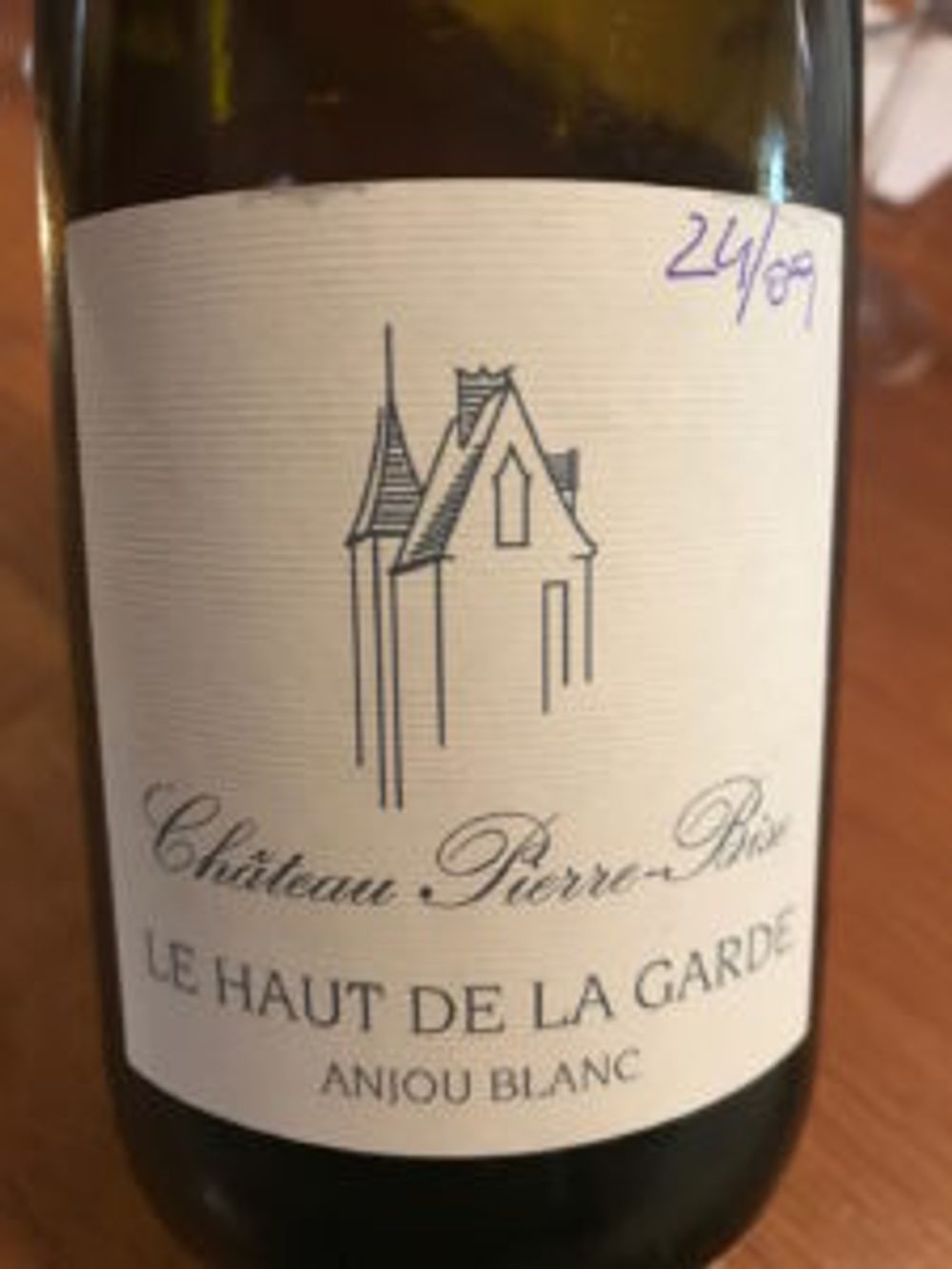
OK, so they’re making some pretty decent Chenin in South Africa as well. I particularly enjoyed Trust Your Gut from Van Loggerenberg this year but Catherine Marshall, Chenin Blanc Fermented In Clay, 2017, (Seckford) from the Western Cape was a real ‘Hold the front page!’ wine. Great stony texture, delicious primary flavours of pear and stone fruit, with hints of tarte tatin and spice tin in the background. Blimey.
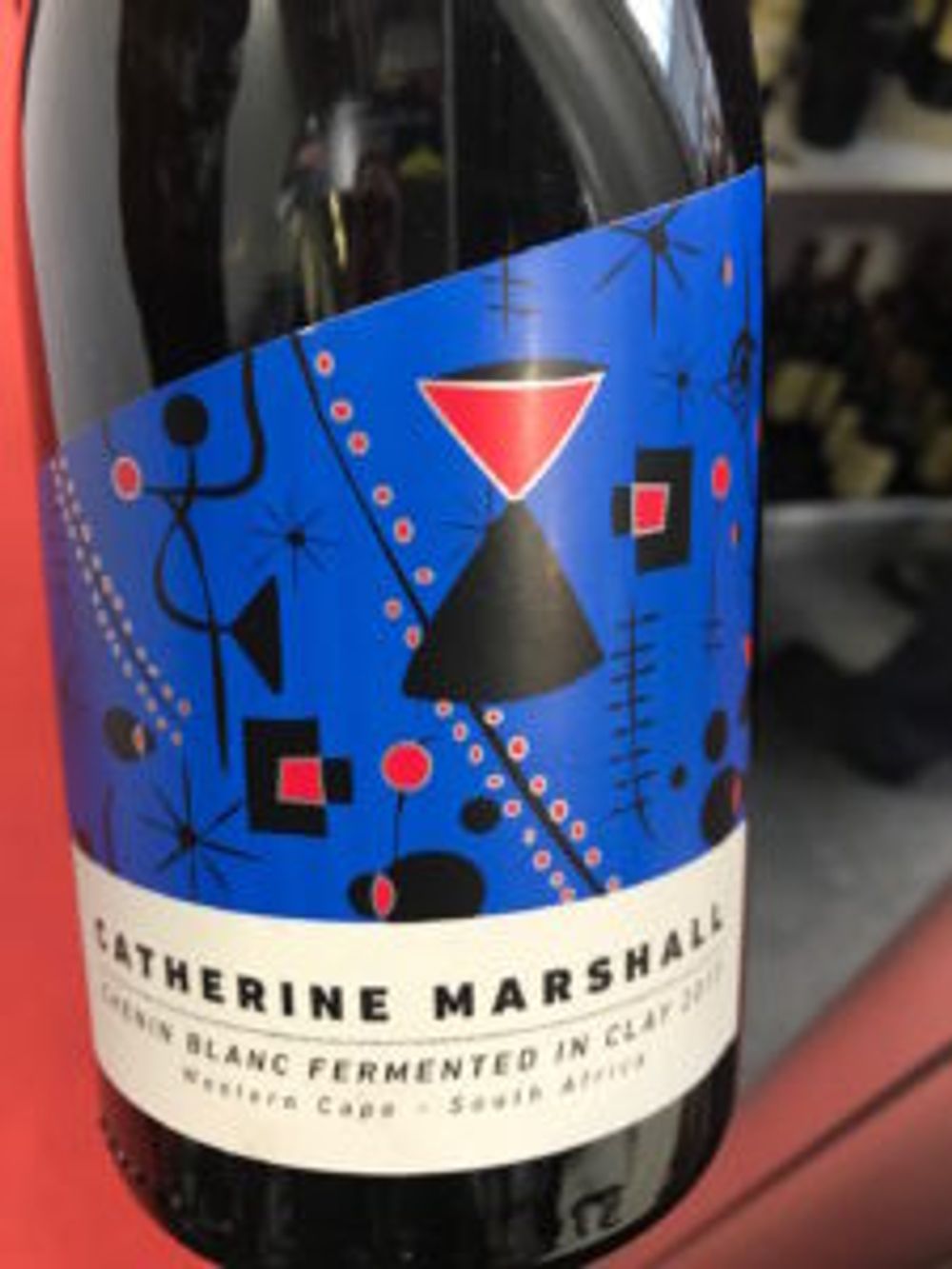
Here’s to discovering more in 2020, Happy New Year’s drinking!
*You can catch up with these 200 albums by clicking here































